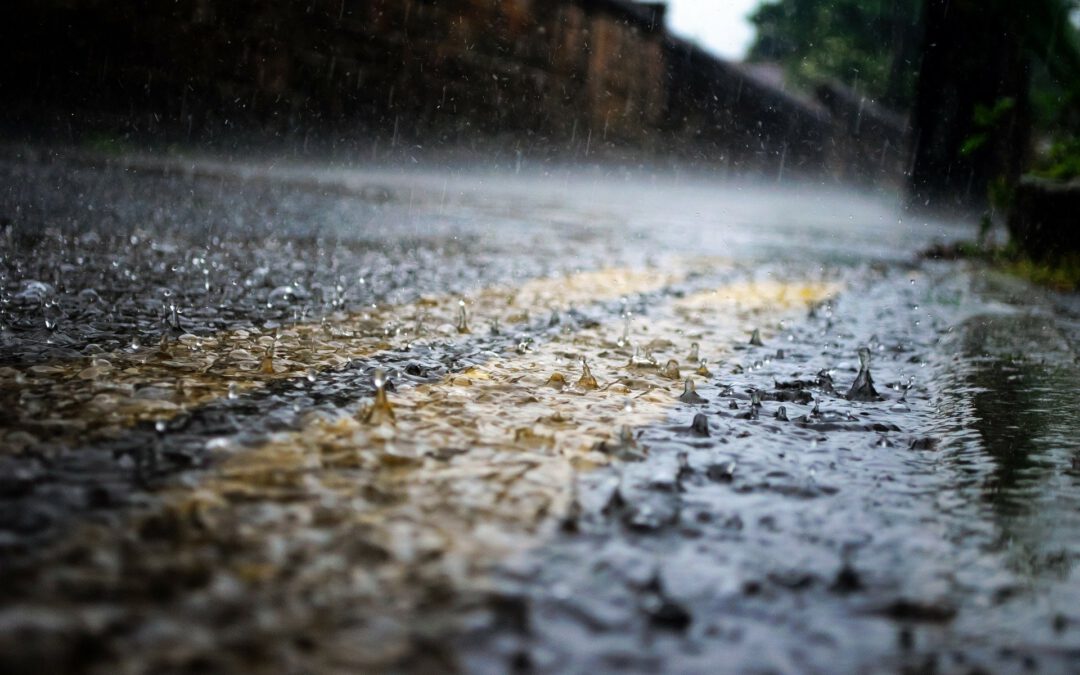As local Oregonians, we are no strangers to rain. Depending on your location, you could potentially receive more rain than the national average; we sure do here in Sherwood, averaging 42 inches a year. So, what does all that rain mean for your asphalt? In this article, we discuss how rain affects asphalt and what you can do to slow it down
Why Does Asphalt Deteriorate?
Nothing is meant to last forever, natural or human-made. Asphalt is no different; it too shall eventually succumb to the sheer strength and consistency of Mother Nature.
Essentially, the exposure asphalt receives from nature and humans slowly wears away at its internal and external structures, making it weaker over time. Once it has weakened to a certain point, it cracks or deteriorates in a way that lets water seep in. Once water gets into any structure, it is the beginning of the end as water rapidly decreases deterioration of all types.
What are the Key Elements for Deterioration?
We can primarily blame the deterioration of asphalt on four categories: rain, sunlight, chemicals, and human errors.
1. Rain
Imagine a boulder in a river, the consistent beating of the river water on the boulder chips away at the rock’s external structure over time. Eventually, it chips away to nothing. Rain and water do the same thing to asphalt. Whether it is rain, snow, or standing water sitting on the surface, it wears away at the asphalt structure over time.
2. Sunlight
Oxidation, the process of removing electrons from a molecule, breaks down what was once hearty, flexible asphalt. It is similar to how metal rusts. When asphalt oxidizes, it shrinks and cracks. Once it cracks, water can get in.
3. Chemicals
Chemicals force asphalt to deteriorate at a faster rate than natural elements. Gas, oil, and snow melting chemicals are all common chemicals that can be blamed.
4. Human Errors
Humans certainly aren’t perfect, and they are partially responsible for the deterioration of asphalt. A perfect example is when a snowplow operator digs a bit too deep with the blade and scratches the asphalt. That scratch is enough damage to start a crack that water, sunlight, and chemicals can attack.
How to Make Asphalt Last
Now that we understand what destroys asphalt, we can take action to protect it and make it last.
Proper Drainage
The first step to protecting your asphalt is to ensure that it has proper drainage. The last thing you want is for heavy rainfall to collect or sit on your asphalt. You always want water to move away from your asphalt as quickly as possible.
Sealant Application
The second step is to apply sealant regularly. Sealant helps to keep rain and chemicals from seeping into the asphalt. Keep in mind that sealant also has a shelf life, so it needs to be applied regularly.
Quick Repairs
Finally, quick repairs on failures can increase the lifetime of your asphalt. If you notice the beginning of a crack, hole, divet, or anything else where the asphalt fails, you should have it repaired immediately. Quick repairs prevent the problem from getting bigger and more expensive.
Signature Paving Can Help
Do you need asphalt repairs, sealant application, or an installation? We are here to help! Give us a call today for a consultation.


Recent Comments